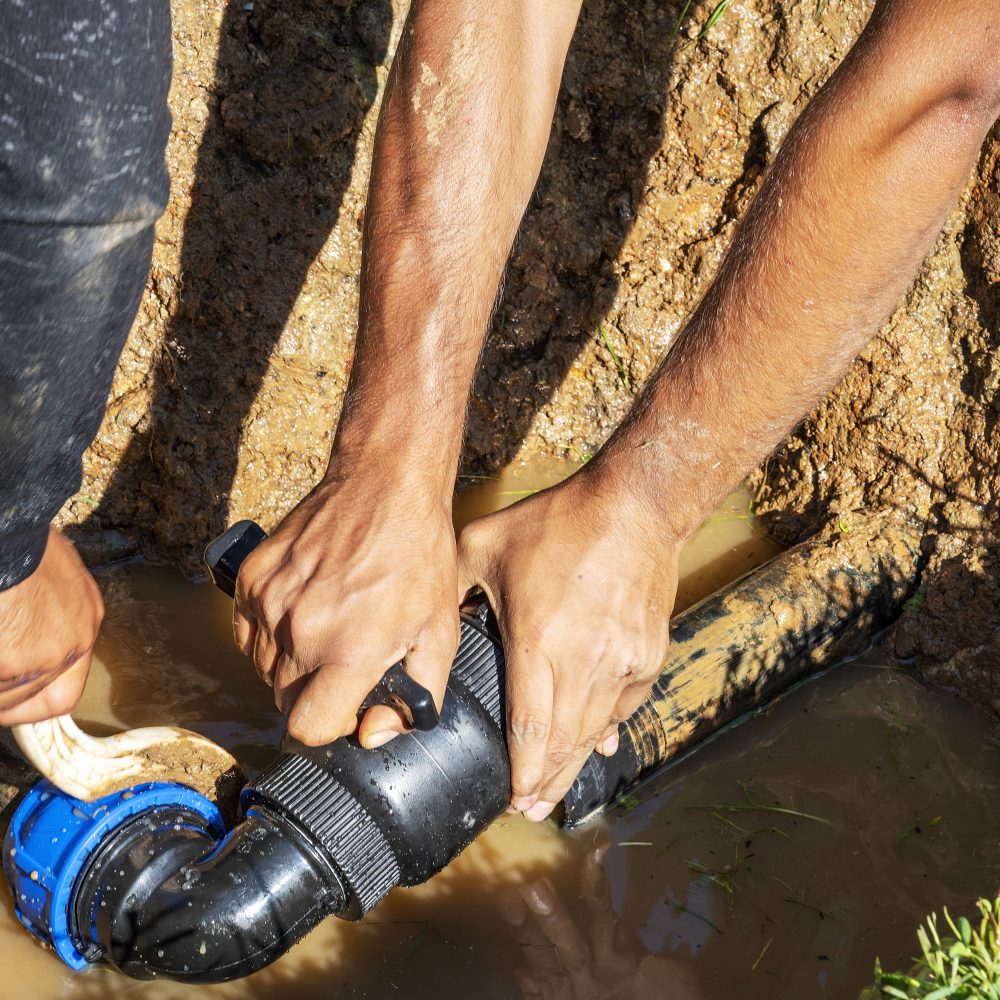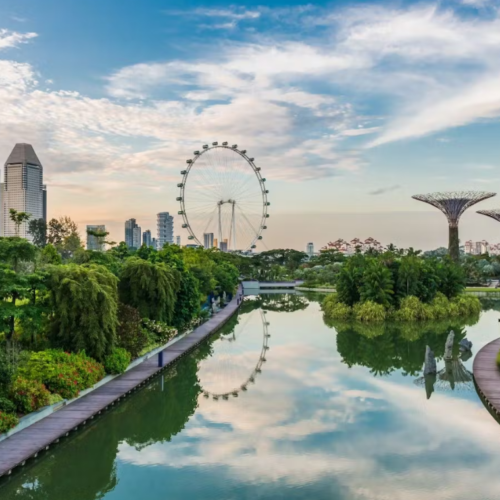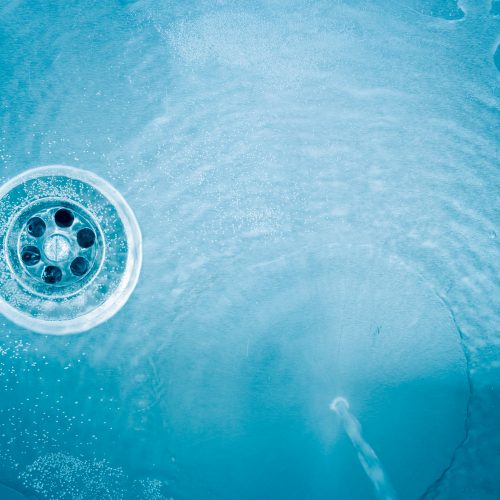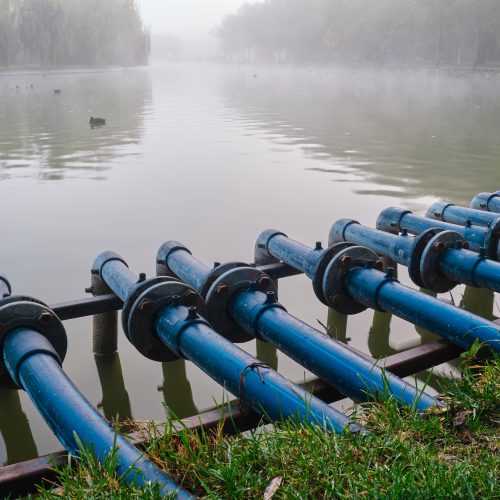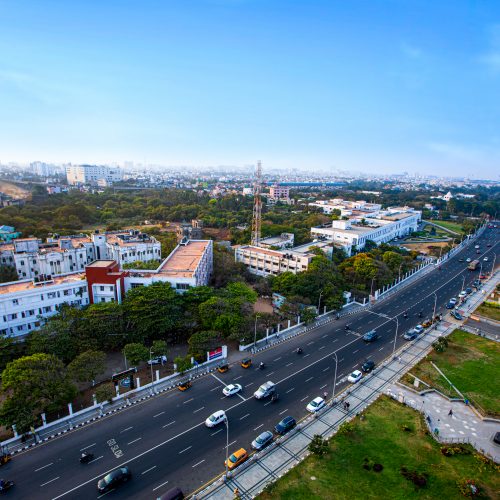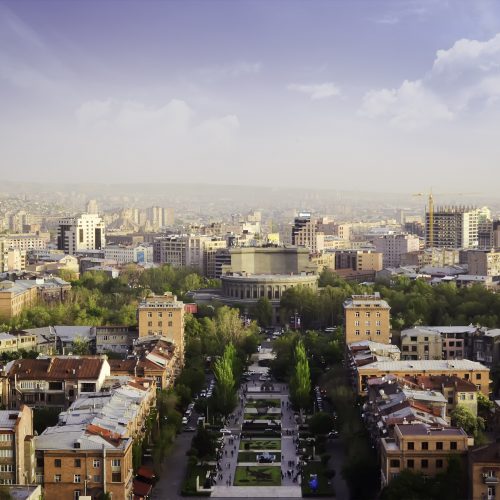Context and policy overview
The Drakenstein municipality in South Africa’s Western Cape province had long experienced water shortages. These peaked in 1999 when the water supply could no longer meet demand, which was growing at 3.5 per cent a year. This pressure was predominantly due to the high ratio of non-revenue water (NRW), at 33 per cent of total supply. Approximately 90 per cent of the municipality’s water had to be purchased from the city of Cape Town, while Drakenstein derived only 10 per cent from its own sources.[1]
Following the 1999 water crisis, the municipality had to take remedial measures. While Drakenstein faced a great challenge, the crisis was also a major opportunity to strengthen the municipality’s water resource management. The remedial measures focused on reducing water imports by cutting consumption and minimising wastage.
A water demand management programme was introduced to address the crisis. The scheme aimed to reduce the high percentage of NRW, reduce the level of daily demand and conserve water.[2]
More specifically, the programme focused on six main targets:
- decreasing the high proportion of non-revenue water
- stabilising water pressure
- managing average daily demand
- strengthening financial performance by boosting fee collection
- improving service to residents and other consumers
- conserving water.
Implementation
The programme included wide-ranging interventions such as:
- improving the master plan for the reticulation network through hydraulic modelling
- metering abstraction points and properties
- supplying water at a low cost while imposing penalties on heavy users through tariffs
- advertising water scarcity to raise public awareness, including the promotion of water saving devices and plumbing repairs.
- improving leaks and making repairs across the network infrastructure
- developing a pressure management system.
Identifying water leaks across the reticulation network was an important step in reducing water loss. This was complemented by an ambitious policy to repair all leaks within an hour of their identification, resulting in one of South Africa’s lowest levels of physical water leakages. Poor-quality pipes were replaced with high-quality equivalents and stainless-steel fittings, reducing the number of pipe bursts.
Works were also carried out on advanced management of pressure. The pressure management installations included work on valves, pipes, chambers and controllers. Seven pressure reduction valves that ranged from 100 mm to 300 mm in diameter were equipped with flow-modulated electronic controllers in order to achieve advanced pressure reduction.
The works totalled around US$ 500,000, but within five months that cost had been covered by the savings achieved.
Barriers and critical success factors
The project gained a high level of support within the community. This was partly due to the creation of local jobs through the use of labour-based construction methods in conjunction with extensive local stakeholder engagement.
Moreover, in order to create a reliable collection and storage system for water, the municipality introduced a water treatment programme. This enabled a steady supply of water in the region regardless of season and rainfall. A feasibility study that examined Drakenstein’s water supply management proposed the development of a water treatment plant for the Paarl Mountain dam, because a related network for distribution had already been established. The study also proved that significant savings could be made by creating a water treatment plant instead of buying water from Cape Town.[3]
Results and lessons learned
Drakenstein achieved its targets for water demand management. Overall, the municipality now ranks among the best in South Africa with regard to efficient use of water.[4]
The unacceptably high level of non-revenue water was cut from 33 per cent to just 11 per cent over a period of 12 years, boosting municipal revenue. The combination of a new block tariff structure and reduced spending on water purchases from the city of Cape Town increased the net revenue and outweighed the costs of previous measures taken, despite a decrease in the volume of water sold to consumers.[5]
Water demand decreased from 17,800,000 m³/year to 11,900,000 m³/year. This resulted in significant savings on water purchases from suppliers and the fulfilment of targets for water conservation.
Notably, the performance indicator for physical leakage (ILI) had decreased to below two by 2012, making it one of the lowest levels in South Africa and demonstrating the impressive water savings that all of Drakenstein’s interventions had achieved. Across the 12-year period of the project, total savings exceeded €70 million. No single intervention resulted in this outcome. Instead, it was the combined effect of many smaller interventions that brought eventual success. This has also been the case in the majority of other municipalities in South Africa.








